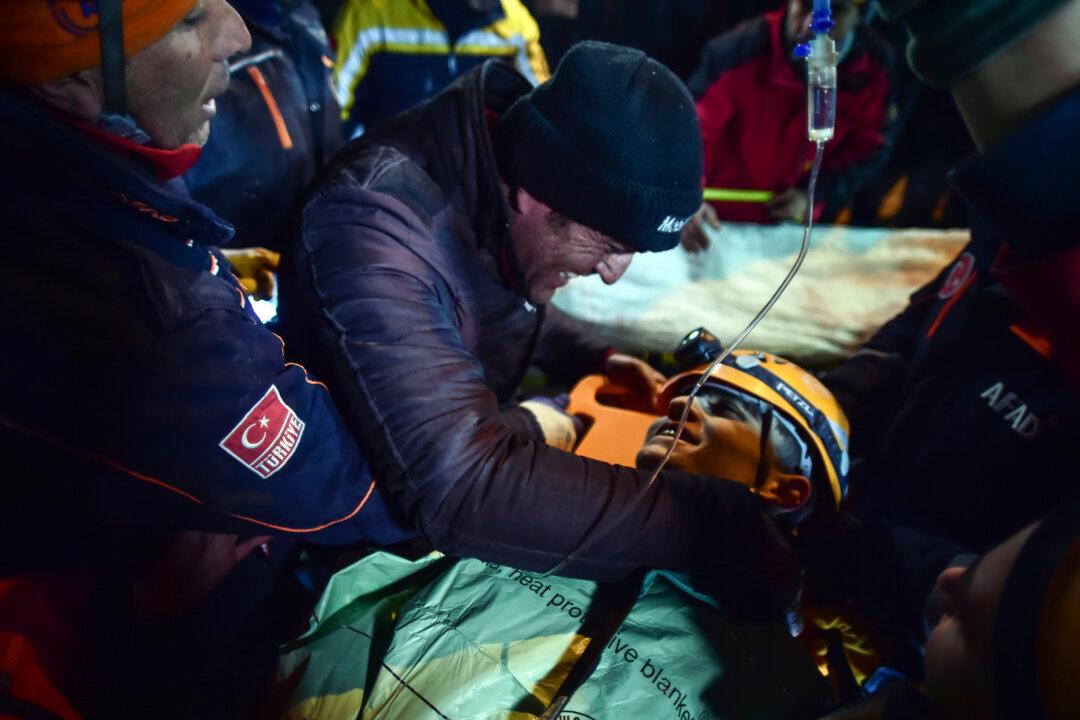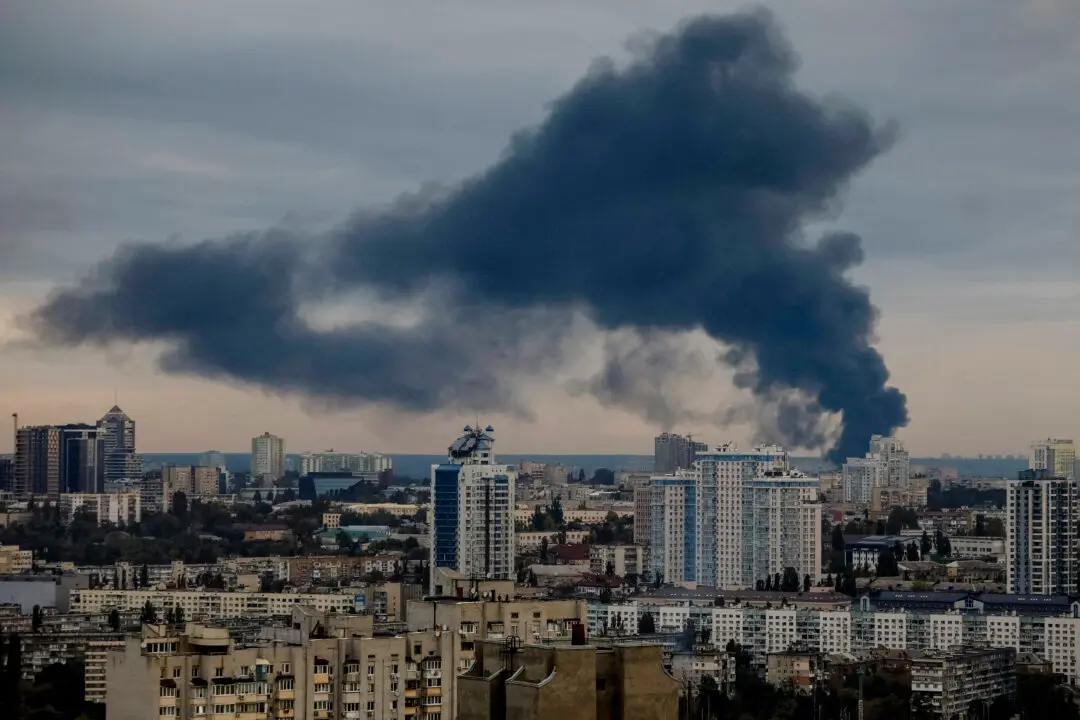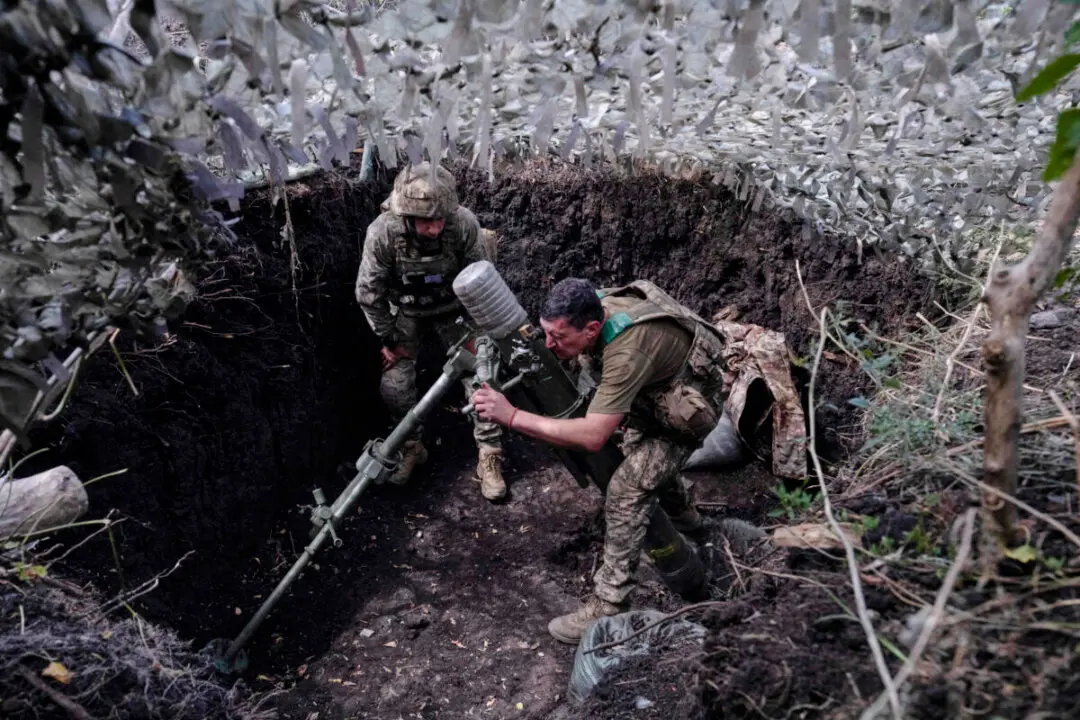KAHRAMANMARAS, Turkey—More than a week after Kahramanmaras became the epicenter of back-to-back earthquakes measuring 7.7 and 7.6 on the Richter scale, the scope of destruction in the southern Turkish province almost defies belief.
In central Kahramanmaras, entire neighborhoods have been flattened as a result of the Feb. 7 earthquakes. Dazed survivors congregate near mountains of rubble that were once multistory buildings, anxiously awaiting news of missing friends and family members.





